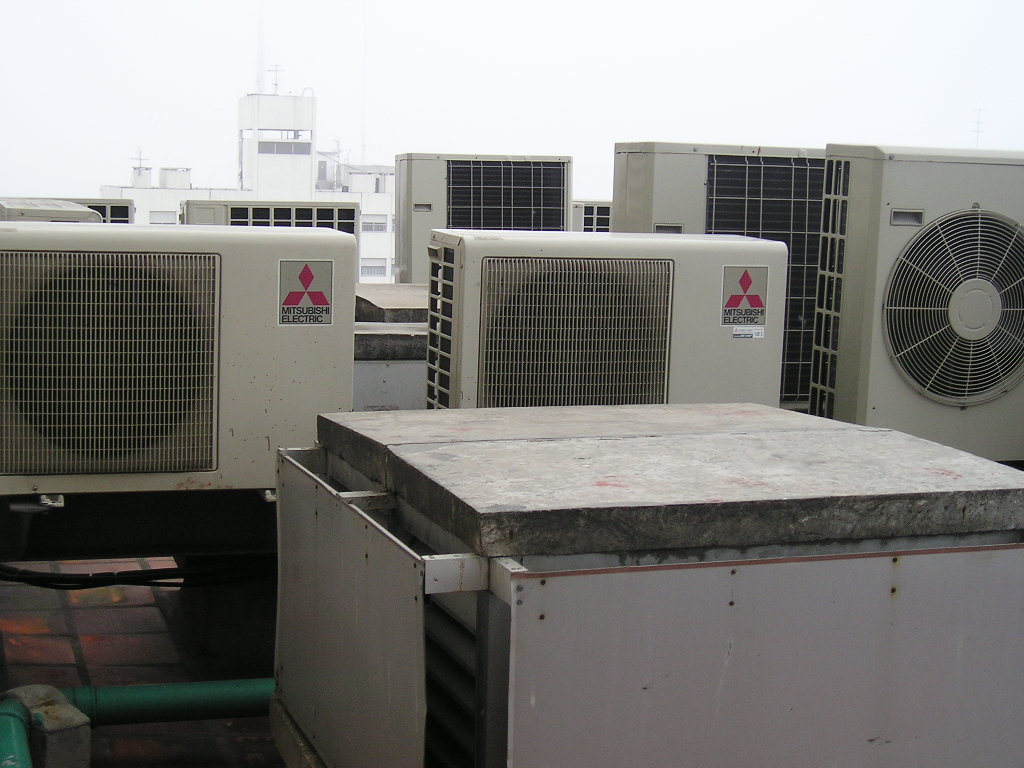
Summertime and everyone’s AC is ON!
Photo by Alvimann at Morguefile.com
On hot Texas afternoons about 2pm, you’ve probably noticed the loud buzzing throb as hundreds (if not thousands) of air conditioners kick into overdrive. Most of the summer, ERCOT has enough capacity to serve all that demand without breaking a sweat. But every once in a while when it’s really stinking hot, all that big Texas electricity demand triggers scarcity pricing. While that sounds bad, it’s scarcity pricing that might be keeping the power flowing on the hottest days.
ERCOT implemented the Operating Reserve Demand Curve (ORDC) on June 1, 2014 as part of its switch to a capacity market in part to reduce the financial risk to generation companies when they build in Texas. The idea is assign a value to the reserve power held at the ready by generators which have not been asked to switch on (dispatched) yet. ORDC is a day-ahead, real-time mechanism to signal looming scarcity in the energy market. It adds a variable amount to the price of electricity and pays the same amount to available non-dispatched generation. The higher the demand, the greater the scarcity, and the higher the value of the reserve capacity.
This way, generators get paid to be ready to provide power when asked —sort of like an ambulance crew. You’d prefer not to use them but you want them ready to available at a moment’s notice when things get bad.
At the consumer level, however, the ORDC’s effect is slightly noticeable. For example, during last August’s wholesale price spikes, the ORDC added $1.41/MWH or 5% to the average real-time wholesale price. Scaled down to the residential consumer level, that’s about 1¢/kWh more…but that only lasts for as long as the ORDC pricing is in effect. And that only might happen sporadically for a couple of hours during two or three weeks over the summer.
Skipping past the pricing alchemy, it basically effects your electric bill like this:
If you’re on a variable rate plan, you’ll see your rates rise with the summer price of electricity —which will include the ORDC bundled into your rate.
If you have a fixed rate plan, then your REP will likely the ORDC into their rate structure for all their fixed plans as part of their costs from their suppliers. You’ll have a little bit of insulation from its effects over the length of your contract.
OR —for both variable and fixed rates, your REP might include the ORDC as a separate charge on your bill. Not many do this. So when you’re shopping for a new Texas electricity company always read over the plan’s Terms of Service for a complete description of fees and charges!
ERCOT Summer Capacity
To get a sense of this summer’s demand, ERCOT expects a 70,588 MW summer peak load. Total generation resource capacity is estimated at 78,434 MW and includes an estimated 2,847 MW of forced generator shut-downs possible based on historical average.
Remember, you can monitor the real time demand and forecast at ERCOT.
